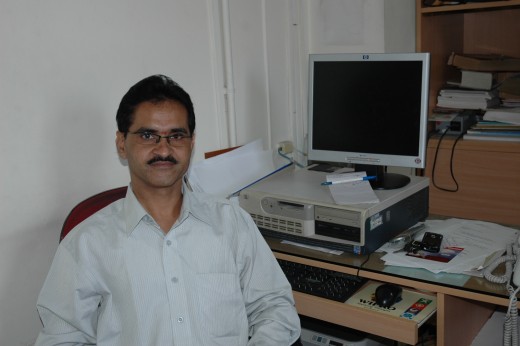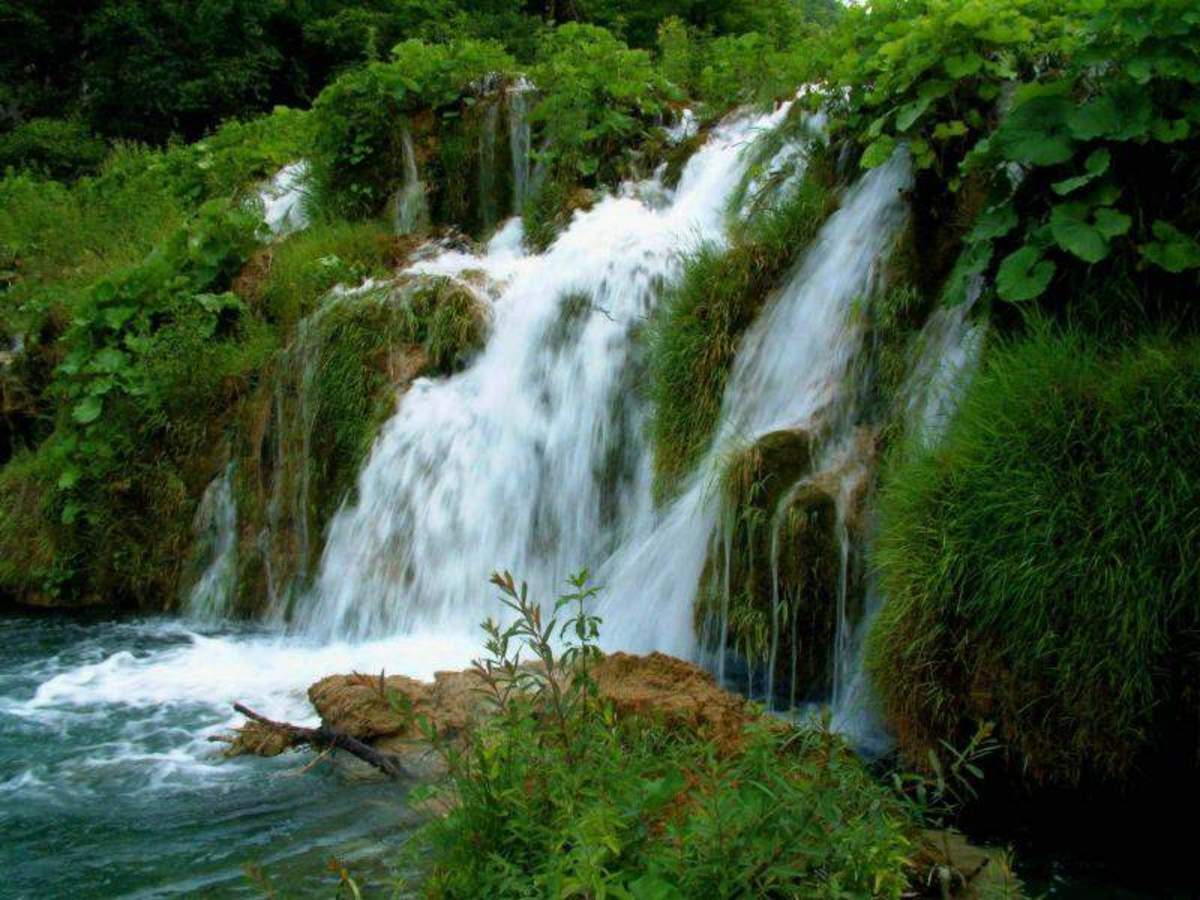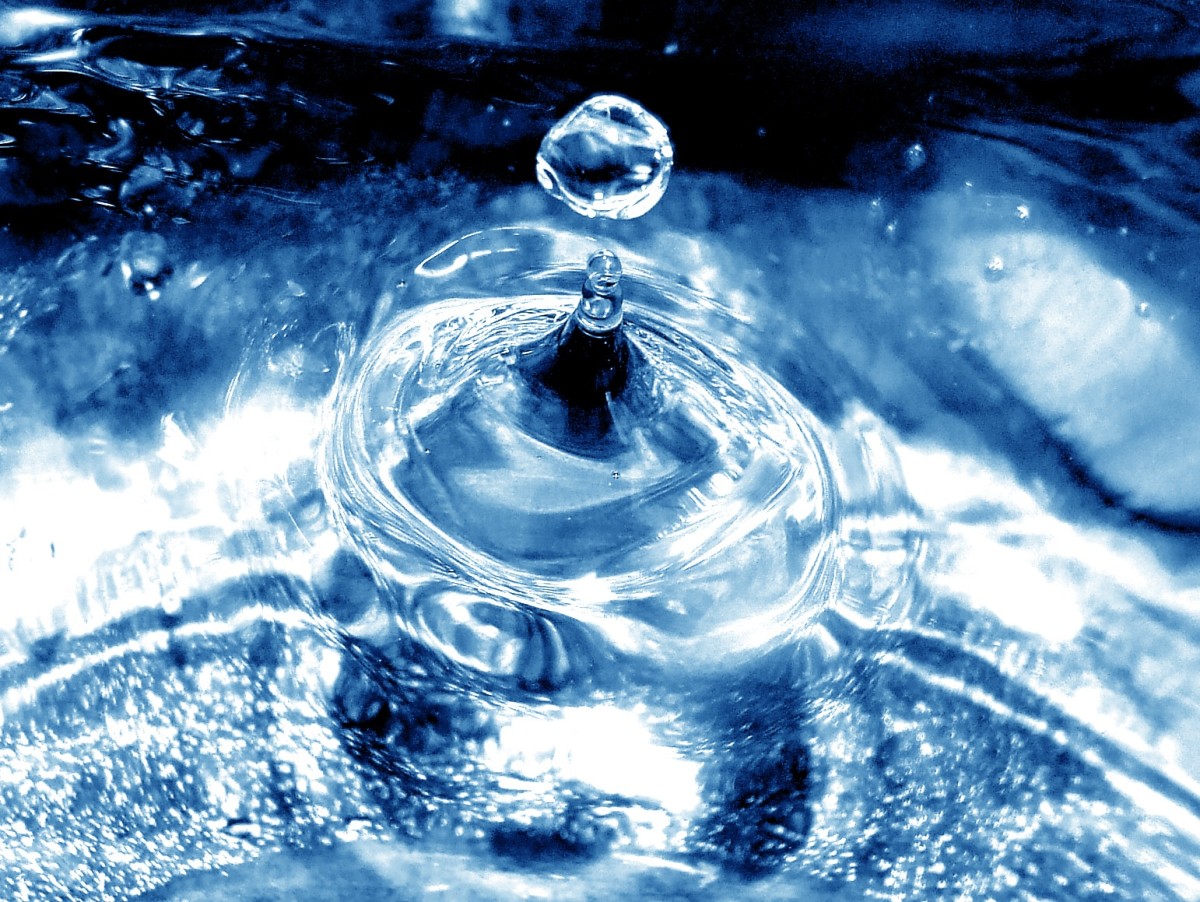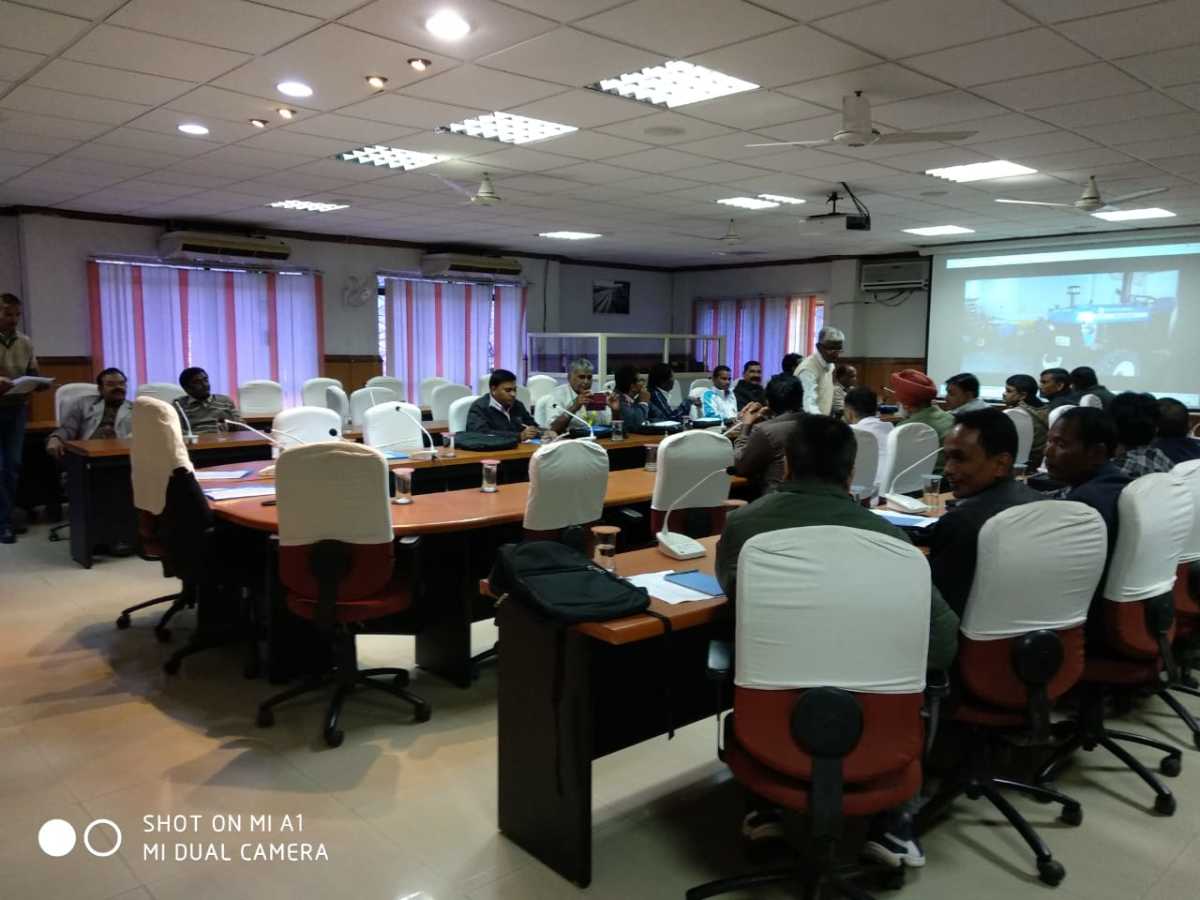water scarcity- man made crisis

water scarcity
Water plays a vital role in our life. Water is also part of the larger ecosystem on which bio diversity depends. Literally we can not dream of life without water. Water is regarded as one of the important source of our existence.
Groundwater is the major source of drinking water in both urban and rural India. It is also an important source of water for the agricultural and the industrial sectors. 82% water available goes to irrigation and agricultural purposes, and only 18% of water is being used for domestic and industrial requirements as well.
India is the world’s second largest country in terms of population after China as on date and is expected to cross China by 2050. As such the demand for potable water will naturally goes up which may outstrip supply in the coming years. Demand for water is growing at an alarming rate since the water table is diminishing day by day.
India’s water crisis is predominantly a manmade problem. India’s climate is not particularly dry, nor is it lacks water bodies viz., rivers lakes, streams. Poor management of water at all levels, pollution of water bodies and failure of the successive Governments to come up with action plans to conserve water and curb the pollution are among the many reasons for the tragedy.
In urban areas, water wastage in mundane activities viz., use of toilets with flush in which large amount of water flushed out, use of washing machines which consumes large quantity of water etc. is more. The urban population has doubled over the past 30 years, and is expected to reach 50% of the total population by 2025, since rural India is moving to cities in search of job/work. While the population in towns/cities is going to double, the water bodies are diminishing with the large scale construction activity.
The situation is not different in rural areas also. Currently 30% of the rural population lacks access to drinking water. Out of 35 states (including 7 UnionTerritories) in India, only 7 states could provide drinking water facilities for their rural inhabitants. In rural areas the demand is not just from the domestic area but from agricultural sector too.
India receives an average of 4,000 billion cubic meters of rainfall every year, out of which 48% of rain waters flows into rivers and from there to seas and only 18% rainwater could able to tapped. Rainfall in India is largely confined to the monsoon season i.e. June through September.
Water Management
India’s water scarcity can largely be avoided with better water management practices. However, lack of proper water conservation legislations, infrastructure for water recycling and poor awareness of the people on why and how the water to be conserved, water become a scarce resource. Water is being considered as an unlimited resource and is being wasted heavily with this misconception.
In the absence of proper legislations on groundwater usage and conservation, ground water is being squeezed indiscriminately for domestic and industrial usage.
Rain Water Harvesting
Rain water harvesting is a system to collect and store rain water. It is the simple collection or storing of water through scientific techniques from the areas where the rain falls. It involves utilization of rain water for the domestic or the agricultural purpose. It is the best possible way to conserve water and awaken the society towards the importance of water.
Rain water Harvesting proves to be the most effective way to conserve water. We can collect the rain water into the tanks and prevent it from flowing into drains and being wasted.
Rainwater harvesting process
Any surface or the paved areas can be treated as catchment. Even the footpaths and roads can act as the catchment. Rooftops are the best among them because of the large coefficient of run off generated from them and there are less chances of contamination of water.
Independent dwellings or multistoried apartments have rooftops that can be easily used as water catching structures. The rainwater has to be brought down by using closed PVC pipes from the rooftops and directed towards a bore-well or a sump. A baby well can also be constructed for this purpose. There is a three-stage filtration system to ensure that the suspended particles are removed. .This filtration system is made of sand brick jelly and broken bricks.
Another type of rainwater harvesting module is to have the surrounding water flow to the gate of the house and let it collect there. A concrete slab with holes is installed at the place covering a 2-3 feet deep pit. This is then connected to a baby well with pipes, which allow the water to flow into the well.
The most important part of the rain water harvesting is the storage system. The leak proof storage system is designed according to the amount of water to be stored. The design and site (location) of the storage or the recharge system should be properly chosen. A cleansing process is a must from time to time.
Rainwater harvesting guards the mankind from water scarcity problems. It improves the ground water table. Harvesting reduces the rain water flooding on roads and prevents the unnecessary local floods.
Role of water tanks
Construction of Tanks is in vogue at the village level from the times immemorial. People used to use this water for domestic usage as well as for cultivation purposes. With the urbanization process, tanks are being illegally occupied which has a two fold affect. Rain water could not be properly tapped up and causing local floods whenever it rains heavily. The State Governments shall have to protect the existing tanks and construct new tanks wherever required.
The need is to develop a sustainable water management system. This means that the system should be such that the water needs of the present times are met without creating ecological imbalances in the future. Traditional and modern techniques along with scientific developments can provide a practical solution. The society as a whole should actively participate in these activities.
Watershed
Watershed is an area from which runoff resulting from precipitation flows past a single point into a large stream, river, lake or pond. It has become an acceptable unit of planning for optimum use and conservation of soil and water resources.
Contour trenching, contour stone walls, construction of temporary and permanent check dams and gully plugging structures are some of the other water harvesting measures in addition to percolation ponds, silt detention tanks and irrigation tanks.
Contour bunds, contour barriers (vegetative and stone), contour trenches and contour stone walls will not only prevent soil erosion but also obstruct the flow of runoff water. Consequently, the obstructed water will increase the soil moisture and recharge the groundwater in the area.
Check dams are temporary structures constructed with locally available materials. The main function of the check dam is to impede the soil and water removed from the watershed. A little water is also stored above the dam. This water recharges the groundwater.
Percolation pond is a multipurpose conservation structure depending on its location and size. It stores water for livestock and recharges the groundwater. It is constructed by excavating a depression, forming a small reservoir to form an impounded type of reservoir. The quantity of water, if it is used for irrigation, is sufficient to irrigate 4-6 hectares of irrigated dry crops (maize, cotton, pulse, etc.) and 2-3 hectares of paddy crop.
Irrigation Tank is a storage structure for irrigating crops. It is constructed below the above-mentioned structures in a watershed. Water from the tanks is normally used to grow paddy crop.
All the above water management techniques proved to be very effective in increasing the water table in the surrounding areas at a minimum cost. They do not require thousands of crores of rupees.
People involvement in constructing the structure makes them feel the ownership and drive them to take responsibility for maintenance. If the work is given to the contractors the quality of the construction is always questionable.
A proactive approach at the government level is required to educate the people regarding the benefits and the necessity of water harvesting. A proactive Chief Minister almost a decade ago in Andhra Pradesh tried to implement this, but these proposals were heckled by a politician who largely engaged in creating ill-feelings between the regions of the state and successfully instilled negative feelings in the minds of the people against water harvesting techniques. Taking advantage of these conceptions, a leader came up with plans of constructing mammoth irrigation projects which involves thousands of crores without taking into consideration the availability of water. Needless to say the result anyway. Thousands of crores spent and thousands of farmers displaced, however the result is decimal.
The need of the day is not the mammoth irrigation projects, but the optimum utilization of rain water, its storage at every stage duly following the harvesting techniques. Sri Rajendra Singh, Raman Magsaysay Award Winner and Sri Anna Hazare and the like social activists proved the ability of the water harvesting techniques.
Governments at the State and at the Centre shall address this problem and relieve the people from water crisis. People shall stand behind those politicians who engage in positive politics rather than provocative politics.








